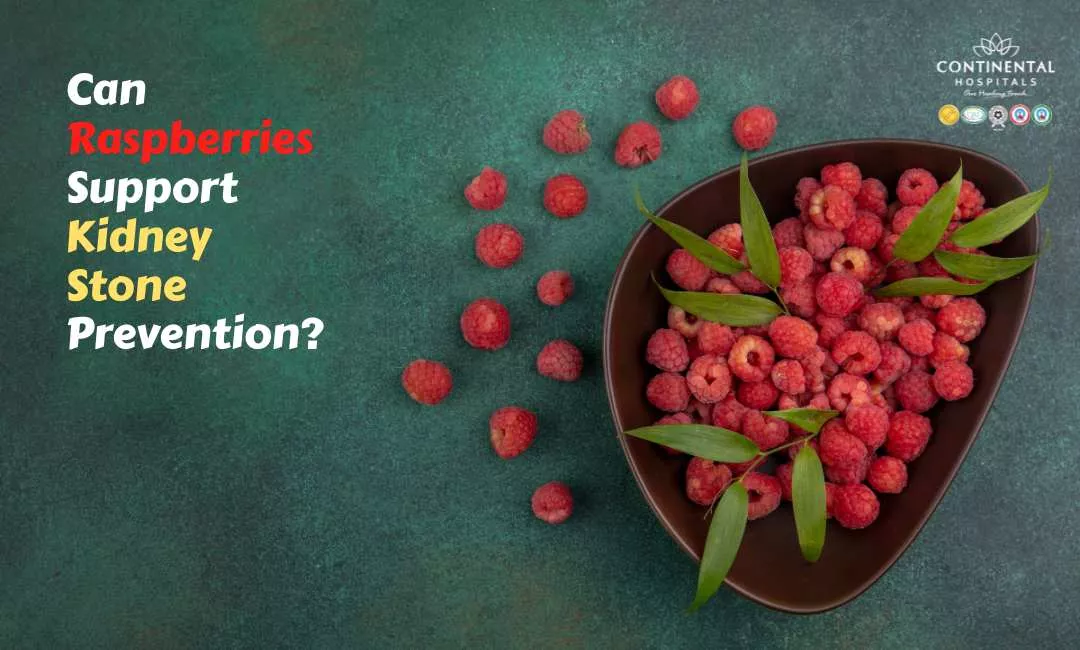Living with diabetes doesn't mean sacrificing flavor or variety in your diet. In fact, a well-planned diabetic meal plan can be incredibly delicious and provide the nutrients your body needs. This guide explores the best foods to incorporate into your diabetic diet, helping you manage blood sugar levels and feel your best.
Understanding Blood Sugar and Food Choices
Blood sugar, also known as glucose, is the body's primary source of energy. People with diabetes have difficulty regulating blood sugar levels, often due to insufficient insulin production or resistance to its effects. Certain foods can significantly impact blood sugar, so focusing on those that promote healthy blood sugar management is key.
Here's a breakdown of the key players:
Carbohydrates: These are broken down into glucose, impacting blood sugar the most.
Fiber: This slows down carbohydrate digestion, leading to a more gradual rise in blood sugar.
Protein: Provides a feeling of satiety and can help regulate blood sugar.
Healthy Fats: Essential for various bodily functions and can improve satiety.
Superstar Foods for Diabetes Management
Non-Starchy Vegetables:
These colorful powerhouses are packed with vitamins, minerals, fiber, and antioxidants, all while being low in calories and carbohydrates. Aim for a rainbow on your plate!
Leafy greens: Kale, spinach, collard greens, and Swiss chard are excellent sources of vitamins A, C, and K.
Cruciferous vegetables: Broccoli, cauliflower, Brussels sprouts, and cabbage are rich in fiber and may help with blood sugar control.
Bell peppers: Available in various colors, they offer vitamin C and a touch of sweetness.
Mushrooms: Low in carbs and calories, they add variety and umami flavor to dishes.
Whole Grains:
Unlike refined grains, whole grains retain their bran and germ, providing valuable fiber, protein, and essential nutrients. Choose whole grains over white bread, pasta, and rice whenever possible.
Brown rice: A nutty-flavored staple with a lower glycemic index (GI) than white rice.
Quinoa: A complete protein source high in fiber and antioxidants.
Oats: Rich in beta-glucan fiber, which helps regulate blood sugar and cholesterol.
Whole-wheat bread and pasta: Opt for varieties with at least 3 grams of fiber per serving.
Legumes:
Beans, lentils, and chickpeas are fantastic sources of protein and fiber, making them a diabetic superfood. They promote satiety and help manage blood sugar levels.
Kidney beans: Rich in protein and fiber, with a slightly sweet flavor.
Black beans: A versatile ingredient with a high fiber content.
Lentils: Cook quickly and offer a good source of plant-based protein and iron.
Chickpeas: Perfect for hummus, salads, and curries, they are high in fiber and protein.
Fatty Fish:
Fatty fish are an excellent source of omega-3 fatty acids, which have been shown to improve heart health and may benefit blood sugar control. Aim for two servings per week.
Salmon: Rich in omega-3s, protein, and vitamin D.
Tuna: Canned light tuna is a convenient and affordable option.
Mackerel: A delicious source of omega-3s and vitamin B12.
Sardines: Small but mighty, packed with omega-3s, calcium, and vitamin D.
Healthy Fats:
Healthy fats from various sources can improve satiety, reduce inflammation, and potentially benefit blood sugar control. Choose unsaturated fats over saturated and trans fats.
Avocados: A creamy source of healthy fats, fiber, and potassium.
Olive oil: Extra virgin olive oil is perfect for salad dressings and cooking.
Nuts and seeds: Almonds, walnuts, flaxseeds, and chia seeds offer healthy fats, protein, and fiber. However, be mindful of portion sizes as they are calorie-dense.
Unsweetened Fruits:
While fruits contain natural sugars, some are lower in sugar and higher in fiber, making them suitable for a diabetic diet.
Berries: Blueberries, raspberries, strawberries, and blackberries are packed with antioxidants and fiber.
Apples: A classic choice with a satisfying crunch and good fiber content.
Pears: A juicy source of fiber and vitamin C.
Grapefruit: Low in glycemic index and may help with blood sugar control.
Low-Fat Dairy Products (continued):
Opt for low-fat or fat-free yogurt, milk, and cheese to minimize saturated fat intake. Consider unsweetened, plain varieties and flavor them yourself with fruits, spices, or herbs.
Spices and Herbs:
These flavor powerhouses add depth and complexity to dishes without adding calories or carbohydrates. Experiment with cinnamon, turmeric, ginger, cumin, garlic, and chili peppers. Some research suggests certain spices may offer blood sugar control benefits.
Planning Your Meals: The Plate Method
Here's a simple and effective strategy for creating balanced diabetic-friendly meals:
Half your plate: Fill it with non-starchy vegetables for a low-carb, high-fiber base.
One-quarter of your plate: Lean protein sources like fish, chicken, beans, or tofu provide satiety and help regulate blood sugar.
One-quarter of your plate: Choose whole grains or starchy vegetables like sweet potatoes or corn in moderation.
Healthy fats: Include a small portion of healthy fats like avocado, nuts, or olive oil for satiety and flavor.
Sample Diabetic-Friendly Meal Ideas:
Breakfast: Scrambled eggs with spinach, whole-wheat toast with avocado, and a side of berries.
Lunch: Grilled salmon with roasted Brussels sprouts and quinoa salad.
Dinner: Chicken stir-fry with broccoli, carrots, and brown rice.
Snack: Greek yogurt with berries and a sprinkle of chia seeds, or a handful of almonds with an apple slice.
Remember:
Portion control: This is crucial for managing blood sugar levels. Use measuring cups or bowls to ensure appropriate serving sizes.
Reading food labels: Pay attention to carbohydrate content, fiber content, and sugar content when choosing packaged foods.
Consult our best registered dietitian: They can create a personalized meal plan that considers your preferences, lifestyle, and blood sugar control goals.
Related Blogs:
.webp)














